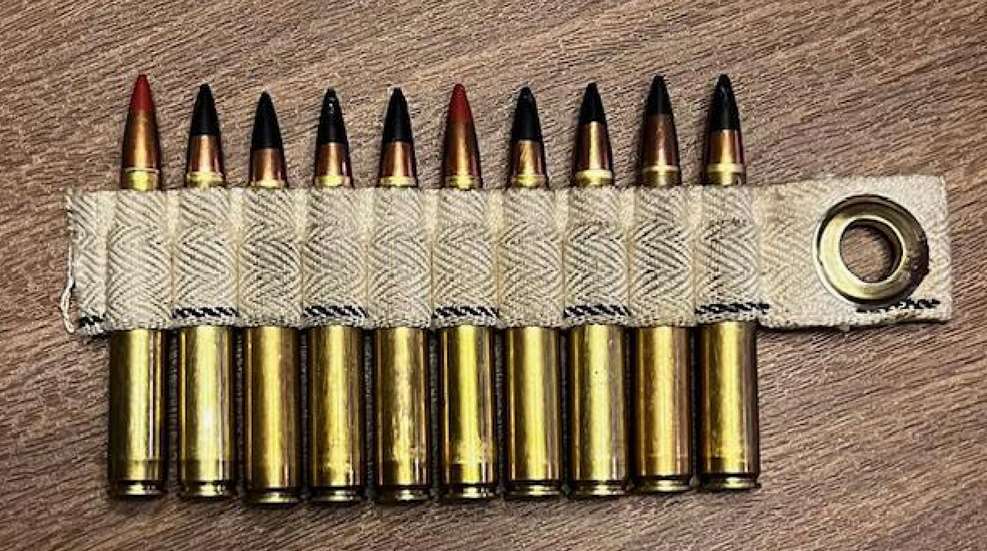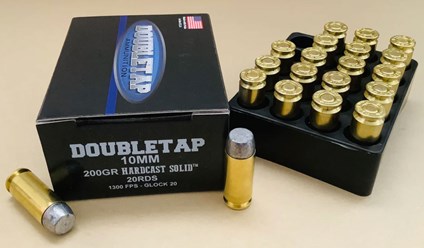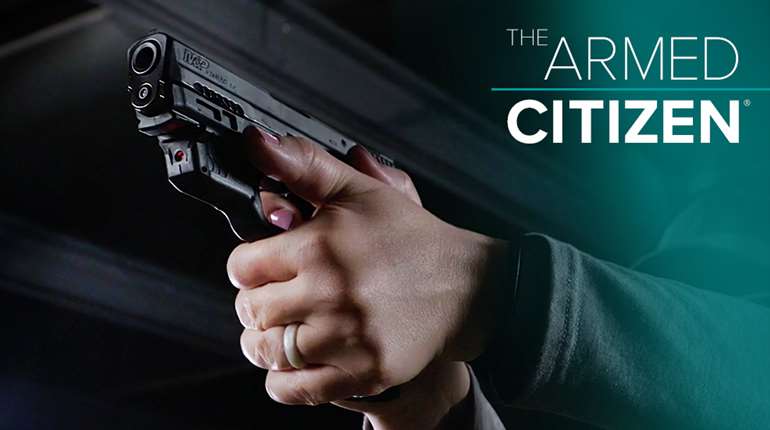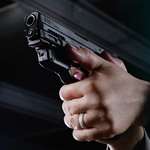
“Specialty” ammunition is designed for a specific or intended use. Like any tool, you need to know its intended use—and use it correctly. For example, you would not use a drill to drive a nail into a piece of wood. Knowing the different types of specialty ammunition available and what they were designed for may keep gun owners safe from potential injury and legal issues. It is the gun owner’s responsibility to educate himself or herself on the types and use of the different ammunition on the market.
It would be easy for ammunition consumers if there were only “common” types of ammunition on the store shelves for purposes such as target shooting, competitions, self-defense and hunting. Most new, factory ammo falls well outside the scope of this story. Some retailers carry specialty ammunition to give their consumers different options—sometimes it may be surplus and even the dealer might know what he or she has. That means that you need to know the difference between common ammunition and specialty ammunition. This is especially true if you are traveling to different states that might restrict certain types of such ammunition. The ammunition that gun owners should be aware of is armor piercing, tracer, incendiary, hard cast and frangible.
When it comes to specialty ammunition, realize many gun ranges prohibit the use of certain types of ammunition at their facilities. This is because certain types of ammunition can violate laws in different jurisdictions, cause unintended damage or worse, due to over penetration.
Armor Piercing
Armor piercing (AP) ammunition, as its name implies, is designed to penetrate armor. There are a couple of legal definitions of what constitutes armor-piercing ammunition. The first is a projectile or a projectile’s core that is entirely made from hardened materials such as, but not limited to, tungsten, steel, iron, brass, beryllium copper, depleted uranium, bronze or any alloy of the mentioned materials. The second is a full-metal-jacketed bullet, larger than .22 caliber, designed to be shot out of a handgun, whereas the jacket weighs more than 25 percent of the total weight of the projectile.
For the U.S. military, armor piercing is usually identified by the tip of the bullet being dipped in green paint. Ballistic green tipped hunting ammunition is often incorrectly confused with AP ammunition. Sometimes armor piercing ammunition will have an “AP “designation in its name. Other designations include C, S, BC, HE, or CBC for identification. The applications can be shown as SAP (semi-armor piercing), APHE (armor piercing high explosive), APHEBC (armor piercing high explosive capped), or APCBC (armor piercing capped ballistic capped).
Some states prohibit some or all armor piercing ammunition—know your local laws. Some states only allow armor piercing ammunition for military and law enforcement applications. Additionally, most gun ranges prohibit the use of AP or “green tipped” ammunition. Armor piercing can damage ranges, even passing through an otherwise “safe” backstop designed for conventional ammunition. If you are in a state that does not prohibit armor-piercing ammunition, make sure you keep it separated and well-marked from your other ammunition so that it is not used incorrectly.
Tracer
A tracer round emits a visible trail of light as it travels through the air. This is done by the inclusion of a small pyrotechnic charge in the base of the bullet. In fully automatic, military belt-fed firearms, tracer rounds are inserted into the belt every fourth or fifth cartridge. When linked, the ratio of tracer rounds to regular cartridges would be designated as four-to-one tracer or five-to-one tracer.
Tracer rounds leave a bright and visible line of fire or trajectory. This gives the gunner a visual line of fire so that he or she can make necessary adjustments to get on target. Tracer rounds can emit a bright light for up to 300 yards. There are three types of tracer rounds: bright tracers, subdued tracers, and dim tracers. The distinction between these three types is the amount of light by the burning propellant the round emits.
These rounds come with a fire risk, which is why tracer rounds are usually prohibited at gun ranges. Tracers for the U.S. military are usually designated with a red or orange paint-dipped bullet tip.
Incendiary
Incendiary ammunition is a type of ammunition that contains a chemical that ignites can cause a fire when it hits a hard object to set fire to flammable substances. These rounds are made with thermite, magnesium powder, chlorine trifluoride or white phosphorus. Incendiary rounds were used extensively in World War II. As a result, there are still millions of rounds of these cartridges in circulation today.
Incendiary rounds for the U.S. military are usually designated with a blue paint-dipped bullet tip. These rounds are often referred to as “blue tracers” because of the blue smoke that follows the rounds as it travels to the target. They are also known as “Buckingham” ammunition after the early rounds shot at German zeppelins in World War I. Don’t try this at home. Because of the incendiary cartridge’s design and ability to start a fire, extreme caution should be used if firing from a firearm.
 Hard Cast
Hard Cast
Hard cast ammunition is a type of bullet that is very strong and known for deep penetration. This type of bullet retains its shape resisting deformation and mushrooming. As a result, over penetration can be expected when shot from a firearm. Make sure you know your backstop and what is beyond—it can also be very destructive in indoor ranges.
Hard cast ammunition looks like lead bullets, but looks can be deceiving. This type of bullet is a lead and alloy mixture, including antimony, tin and silver. This makes the bullet much stronger than pure lead. Pure lead has a Brinell (a measurement of hardness) hardness of 4 whereas hard cast bullets have a Brinell hardness of between 11 and 30.
Hard cast ammunition has a very specific use. It is designed to protect outdoors men and women against large predators such as bears in Alaska and the northwestern continental United States. This type of bullet is also popular with handgunners hunting large game animals.
Frangible
Frangible ammunition is designed to disintegrate upon impact with a hard object. These bullets are made through a metal metallurgy process that pressures fine metal powder together. These bullets are typically made with non-toxic metal and have no core or jacket. Most frangible has a dull, powdery appearance as opposed to the shiny jacketed bullets of traditional ammunition. Some is designed specifically for training and target use to break up on a metal backstop.
Other frangible bullets are designed for law enforcement and self-defense applications. When these bullets impact, the bullet can fragment, causing extreme tissue damage. The use of this bullet protects against over penetration and ricochets. These rounds are designed for close use because they quickly lose velocity.
It is very important that gun owners know what type of ammunition they are loading into their firearms. It is important to understand that once you pull the trigger, the bullet cannot be called back. The shooter is responsible for everything that their projectile touches. Know your ammunition, its intended use, and use your best judgement!














































